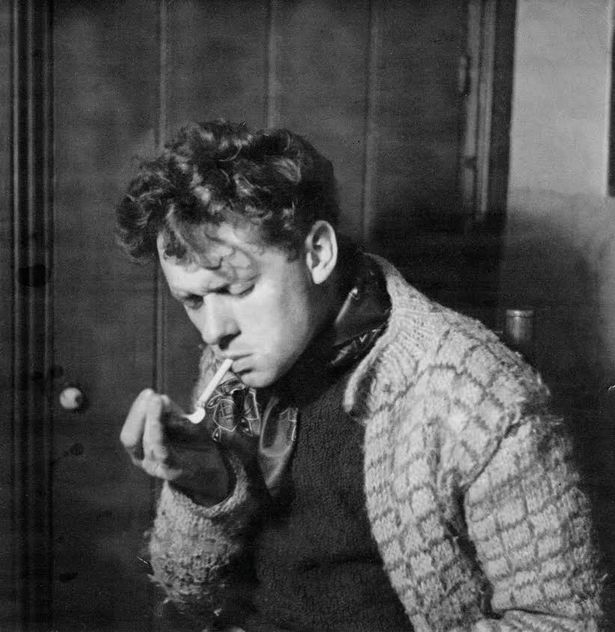Influences

Woody Guthrie
Arguably Dylan’s greatest early influence was Woody Guthrie, the American singer-songwriter and writer of one of the most famous American folksongs, ‘This Land is Your Land’. Dylan allegedly read Guthrie’s autobiography, Bound for Glory, and became obsessed with its protagonist, who is depicted as a mythical being in the book. Dylan, who is originally from Minnesota, started mimicking Guthrie’s Oklahoman speech patterns set out in his book, and when he arrived in New York in 1961, he told a crowd at a club where he was performing, ‘I been travellin’ around the country, followin’ in Woody Guthrie’s footsteps.

Dylan Thomas
It has never been clear exactly what influence Dylan Thomas had on Bob Dylan’s lyrics and poetry, but in his autobiography, Chronicles, he confirmed the long-debated idea that he adopted the name ‘Bob Dylan’ after the Welsh poet in around 1959. Dylan’s identity has always been a point of contention, perhaps even to himself. One can speculate how Dylan was influenced by the poems of Dylan Thomas. For example, many of Thomas’s poems have a theme of conflict: conflict between the speaker and reader of the poem, conflict between the poem’s structure and the language, and often the conflict of the inevitability of death.
Civil Rights
Dylan’s early albums comprise a collection of songs that became known as protest songs, and many of them became anthems of various social movements that were happening in the United States in the early sixties, notably the Civil Rights Movement. Dylan’s second album, The Freewheelin’ Bob Dylan, begins with one of his most famous songs, ‘Blowin’ in the Wind’. Described as a protest song, it poses a series of rhetorical questions about war, freedom, rights, and peace – for example, ‘how many times must the cannonballs fly/Before they’re forever banned’ and ‘how many deaths will it take till he knows/That too many people have died’ with the same answer.